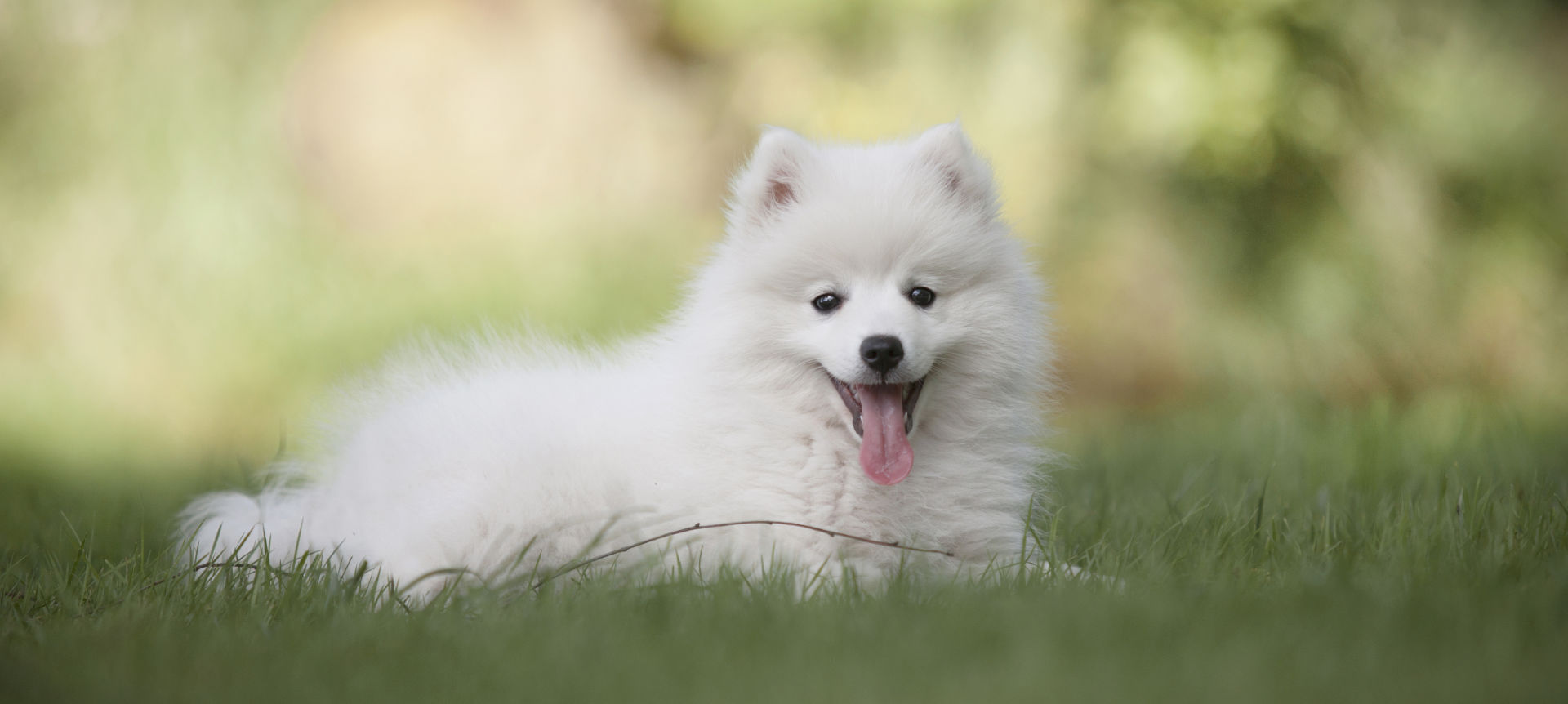
06 Sep Tooth Discoloration in Dogs and Cats: Causes, Natural Aging, and When to Seek Veterinary Care
Introduction
Our pets also rely on us for their health and well-being but they don’t always let us know when something is bothering them. Dental health is a crucial aspect of their overall wellness that is often overlooked because it can be so difficult to see inside their mouth. One common dental issue that pet owners may encounter is tooth discoloration. While tooth discoloration might not always be a cause for immediate concern, understanding its causes, how it can occur naturally with age, and when it warrants veterinary attention is essential for maintaining your pet’s oral health. In this blog, we will delve into the various reasons behind tooth discoloration in dogs and cats, the natural aging process that can lead to staining, and when it is time to seek professional veterinary care.
Understanding Tooth Discoloration
Tooth discoloration in dogs and cats can manifest in various ways, from subtle changes in shade to more noticeable stains. Several factors can contribute to tooth discoloration in our four-legged friends. It’s important to distinguish between different types of discoloration as they can have varying causes and implications for your pet’s health.
- Pulpitis
Pulpitis is a dental condition in which the pulp of a tooth becomes inflamed. This can lead to a range of symptoms, including tooth discoloration. When the pulp is damaged or infected, it can cause the tooth to appear darker or discolored. Pulpitis can occur due to dental trauma, cavities, or infections, and it can affect both dogs and cats. In cases of pulpitis, seeking prompt veterinary care is crucial to address the underlying issue and prevent further complications.
- Death of a Tooth
Sometimes, a tooth may die due to various reasons, including untreated pulpitis or severe trauma. When a tooth dies, it can turn gray or brown, resulting in noticeable discoloration. Dead teeth can also become brittle and prone to fracture, making them a potential source of pain and infection. If you notice a discolored tooth in your pet, it’s essential to consult your veterinarian to determine if the tooth is dead and if it needs to be extracted.
- Dentin Staining
Dentin staining is a common cause of tooth discoloration in both dogs and cats. Dentin is the layer of tissue beneath the outer enamel of a tooth, and it can become discolored over time. This is often a natural part of aging and occurs due to microscopic changes in the dentin’s structure. The most common dentin stain is a yellowish to brownish hue. While dentin staining doesn’t typically pose a significant health risk, it can be unsightly.
- Diet and Chewing Habits
Your pet’s diet and chewing habits can also play a role in tooth discoloration. For instance, certain foods and treats may contain ingredients that contribute to staining. Chewing on hard objects, such as bones or toys, can lead to enamel wear and discoloration over time. It’s important to monitor your pet’s diet and chewing habits and make adjustments if you notice excessive staining or enamel damage.
- Smoking and Environmental Factors
Just as with humans, environmental factors like exposure to smoke or pollution can have an impact on your pet’s dental health. Smoking indoors can lead to a buildup of residue on your pet’s teeth, which can result in discoloration over time. Additionally, environmental pollution can contribute to dental issues in pets. While you may not have complete control over these factors, being aware of their potential effects on your pet’s oral health is important.
Natural Aging and Tooth Discoloration
As pets age, their teeth naturally undergo changes that can lead to discoloration. Dentin staining, as mentioned earlier, is one of the most common age-related causes of tooth discoloration. Just like with humans, as pets get older, their teeth can accumulate years of wear and tear, resulting in a gradual change in color. While this process is generally considered normal, it’s essential to maintain good oral hygiene throughout your pet’s life to minimize the impact of aging on their teeth.
Tooth Discoloration vs. Tartar
It’s crucial to differentiate between tooth discoloration and tartar (dental calculus). Tartar is a hard, yellowish to brownish buildup of mineral deposits on the teeth that can cause significant dental problems if left untreated. Unlike tooth discoloration, tartar cannot be removed through regular brushing or cleaning at home. Tartar requires professional dental scaling and cleaning by a veterinarian. Neglecting tartar buildup can lead to more severe dental issues, including gum disease and tooth loss.
When to Seek Veterinary Care for Tooth Discoloration
While some tooth discoloration may be benign and associated with natural aging, there are situations when it’s crucial to seek veterinary care:
- Sudden or Severe Discoloration: If you notice a sudden and significant change in the color of your pet’s teeth, especially if it’s accompanied by other symptoms like swelling, drooling, or reluctance to eat, it could indicate an underlying dental issue that requires immediate attention.
- Persistent Bad Breath: Chronic bad breath, known as halitosis, can be a sign of dental problems, including tooth decay or infection. If your pet’s breath remains foul-smelling despite regular dental care, consult your veterinarian.
- Pain or Discomfort: Pets are often masters at hiding pain, but if you observe changes in their behavior, such as increased sensitivity when eating or pawing at their mouth, it could be indicative of dental discomfort.
- Difficulty Eating: Reluctance to eat or a change in eating habits can be a sign of dental issues, including pain or difficulty chewing due to dental disease.
- Excessive Drooling: If your pet starts drooling excessively or has a noticeable change in salivation, it may be due to dental problems that warrant examination.
- Visible Lesions or Swelling: Any visible lesions, lumps, or swelling in or around the mouth should be evaluated by a veterinarian to rule out dental issues or other health concerns.
- Regular Dental Checkups: Even if you don’t notice any obvious signs of dental problems, regular dental checkups with your veterinarian are essential for preventive care. Your vet can identify early signs of dental issues and address them before they become more severe.
Conclusion
Tooth discoloration in dogs and cats can be a natural part of aging or a result of various factors, including dental conditions and environmental influences. While some discoloration may not pose an immediate threat to your pet’s health, it’s essential to monitor their oral hygiene and seek veterinary care when necessary. Dental health is a crucial component of your pet’s overall well-being, and addressing dental issues promptly can prevent pain, discomfort, and more severe complications. So, if you notice any concerning changes in your pet’s teeth or behavior related to their oral health, don’t hesitate to consult your veterinarian for guidance and appropriate treatment. By staying vigilant and proactive, you can ensure that your pet maintains a happy and healthy smile throughout their life. For more information on discolored teeth visit our website at: https://vetdentistwi.com/services/discolored-pet-teeth/.
Photo by Helena Lopes from Pexels


